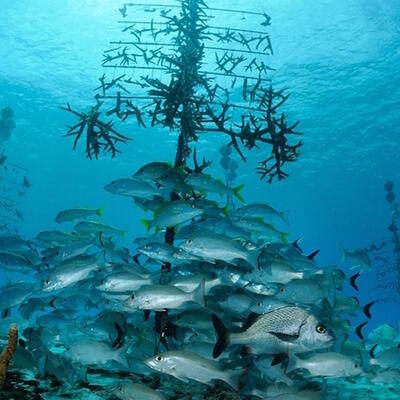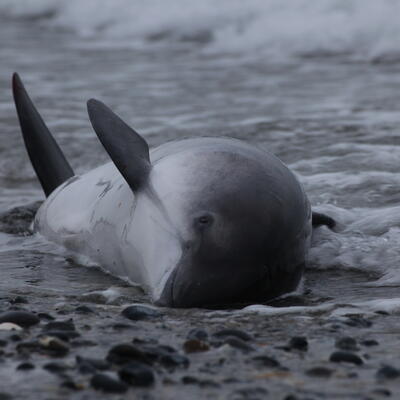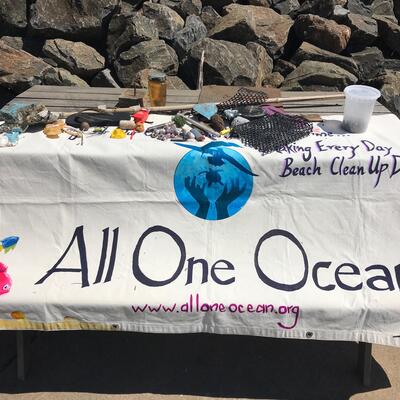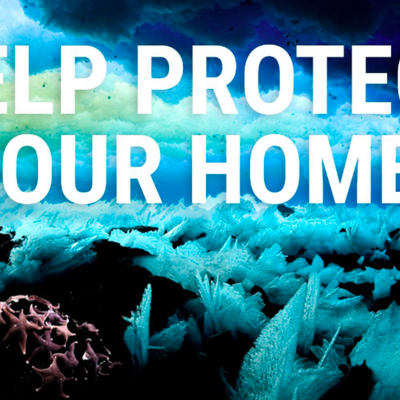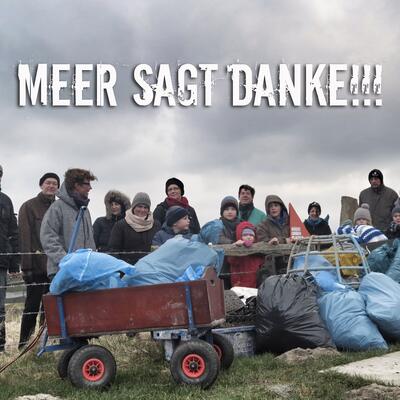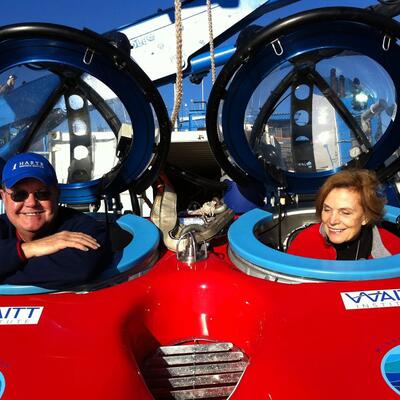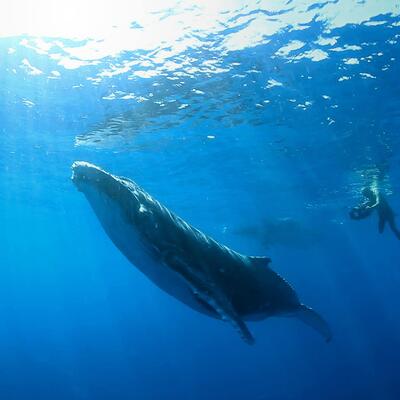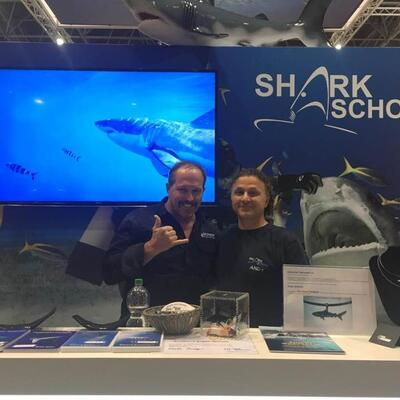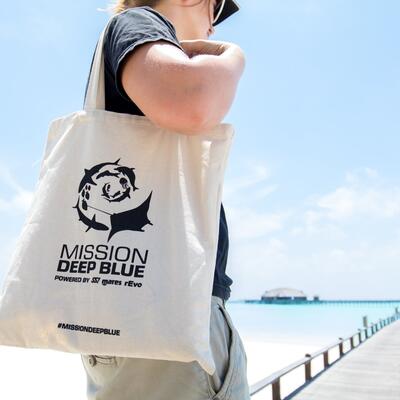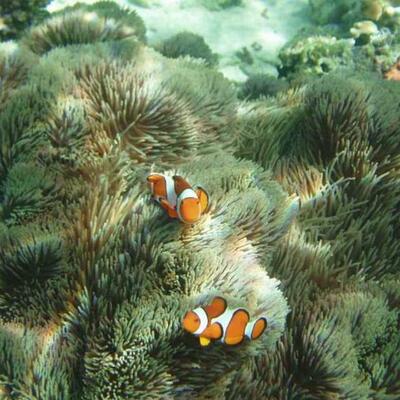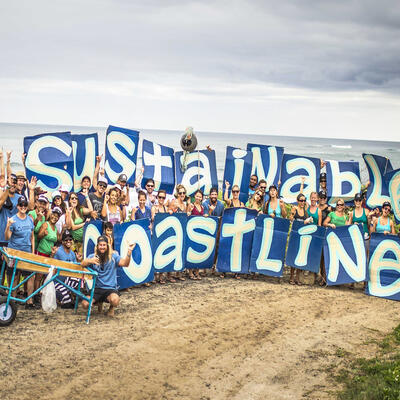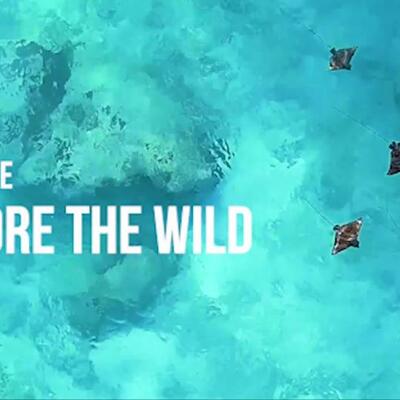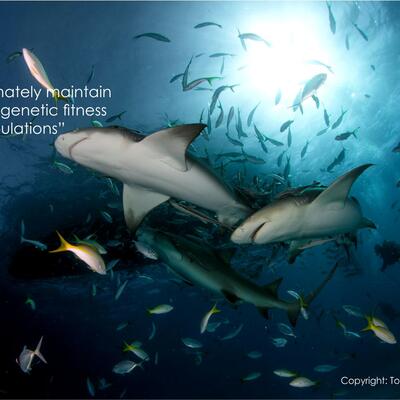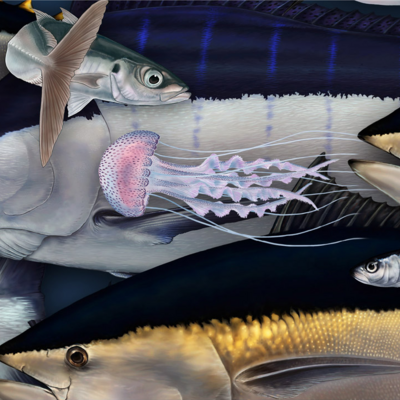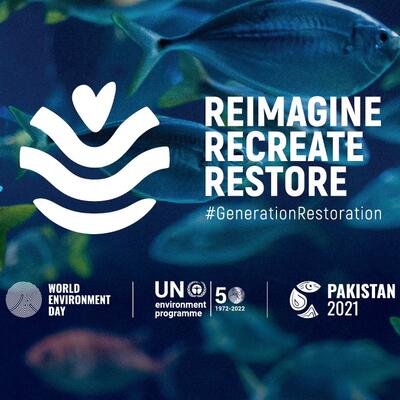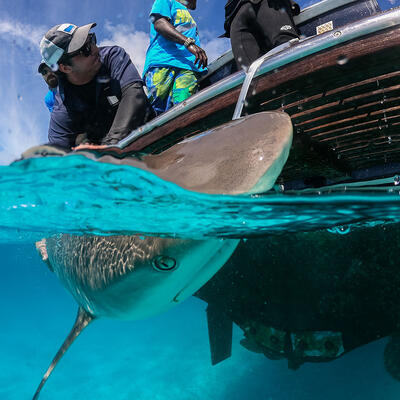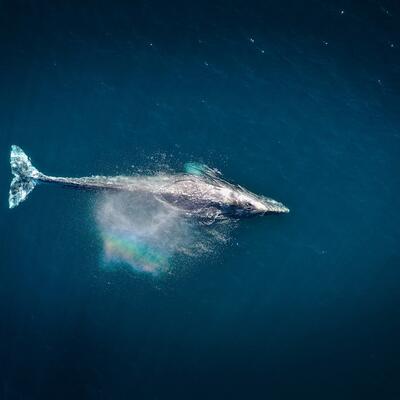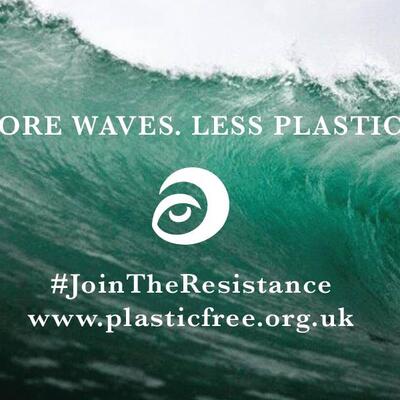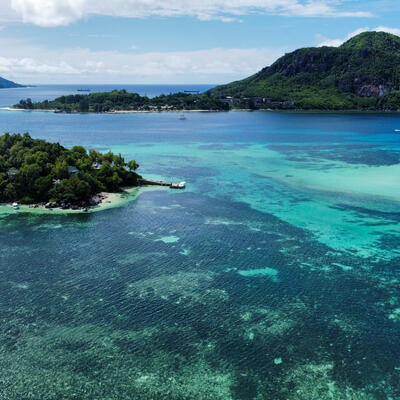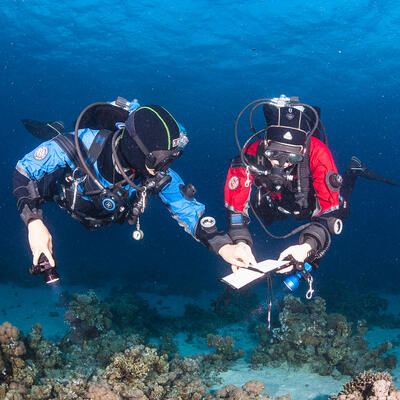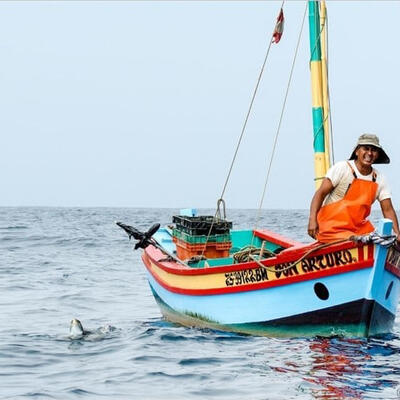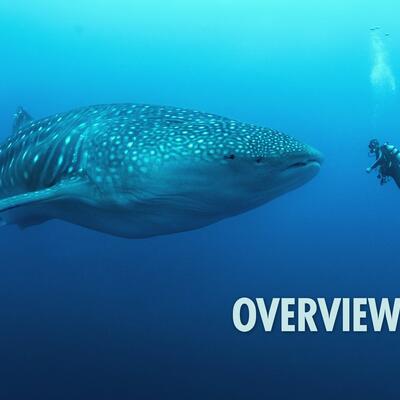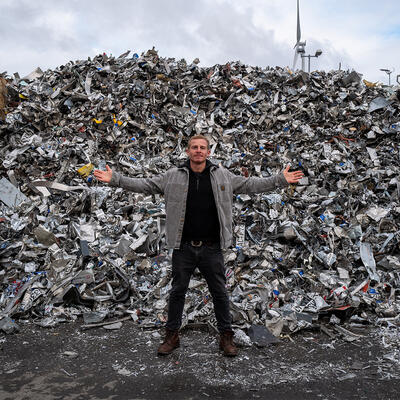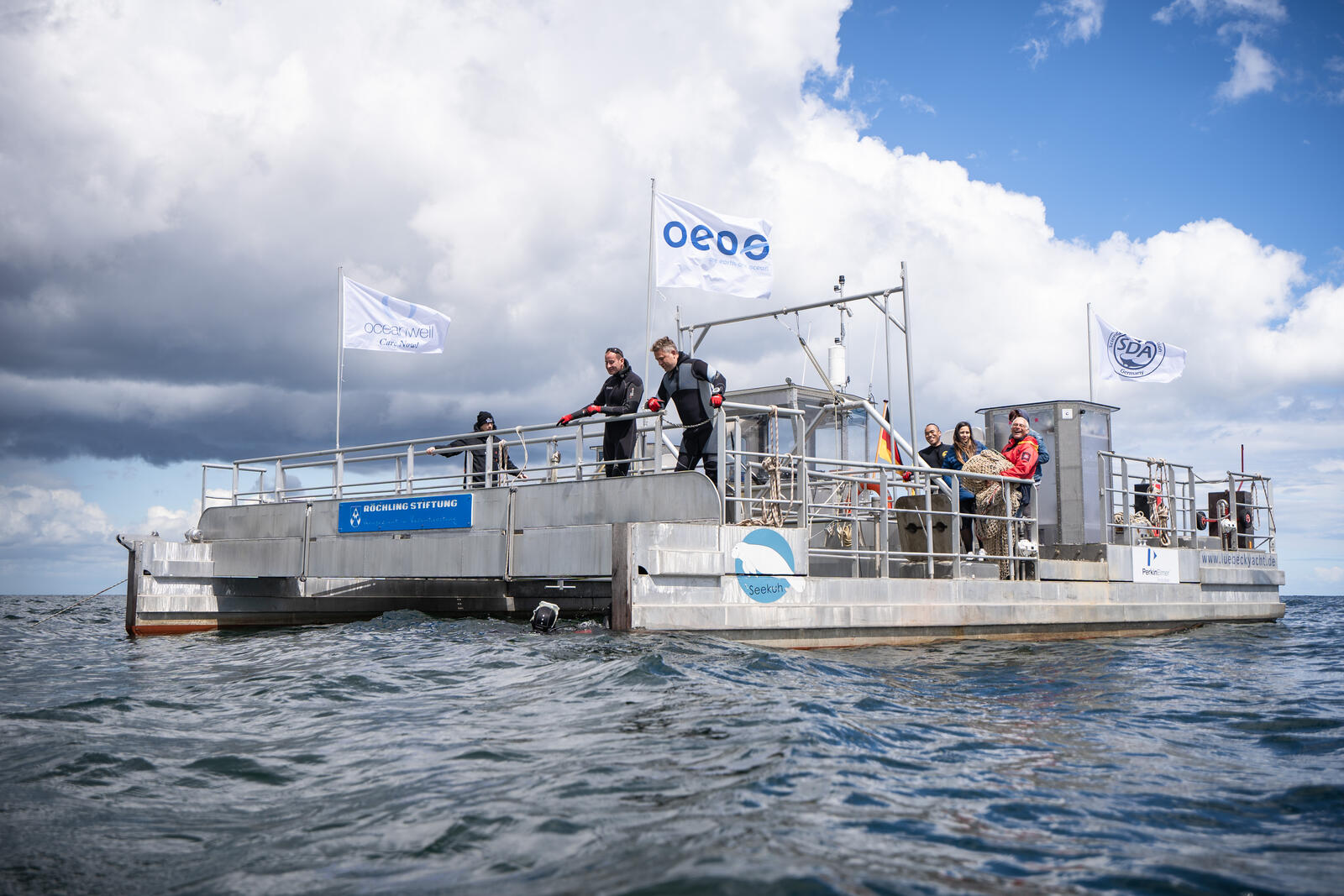
One Earth One Ocean - SeeKuh
-
Main problem:
Plastic pollution, marine littering -
Subproblem:
Environmental pollution -
Consequence:
Improvement of waste cycles, Need for education & awareness -
Solution:
Remove of plastic from the ocean, recycling & recovery
We from One Earth – One Ocean are people, who want to actively establish a clean environment.
Maritime waste collection
With maritime waste collection, One Earth – One Ocean e.V. (oeoo) has developed a comprehensive and pragmatic concept for the collection and sustainable recycling of marine litter. oeoo thus demonstrates an already proven solution to one of the biggest global environmental problems. Plastic waste from the sea is a valuable recyclables.
The concept is to collect, sort and process plastic with special waste collection vessels in coastal and estuary areas. In addition to pure plastic bales, which can be fed back into the recycling, energy and fuel will also be extracted from plastic waste at a later date.
The maritime waste collection includes two waste collection vessels of different sizes, the SeeHamster for use in inland waters, as well as the SeeKuh in coastal regions on seas, which in a few years partly fully automatic and powered by modern wind and solar technologies independently collect plastic waste from the waters. The plastic waste at sea is finally taken to the waste recycling vessel SeeElefant and recycled there or transformed into sulphur-free heating oil.
oeoo has prepared a professional feasibility study for the concept of maritime waste collection with all its components. The cleaning concept of oeoo focuses primarily on waste hotspots such as estuaries and coastal areas, where pollution concentrations are highest and plastic waste is still relatively undivided and can be found floating on the surface, often actually as a garbage rug. Here, accessibility, logistics and energy expenditure of the waste collection can be mastered. Examples include the estuaries of top polluter rivers such as the Yangtze, Ganges, Brantas, Mekong or Pasig, and the coasts off megacities such as Jakarta, Hong Kong or Rio.
The concept of oeoo's maritime waste collection shows how relatively simple, inexpensive and proven means can be used to tackle and actively combat the collection of plastic waste in the seas – especially in the waste hotspots worldwide. Plastic waste could be removed from nature before it is crushed into microplastics or sinks into the depths and damages the environment for centuries to come.
People around the world are called upon to finally actively combat the pressing human problem of marine littering.
In 2013, OEOO was awarded the prestigious GreenTec Award, Europe's largest environmental and economic award, for the concept of maritime waste collection.
In 2016, he was nominated for the Federal Ecodesign Award, the highest award for ecological design in Germany.
The SeeKuh
The SeeKuh is the central cleaning vessel of the "Maritime waste collection" and is used in coastal regions and estuaries. In 2016, SeeKuh I in Lübeck was completed and solemnly christened. In the meantime, she has had numerous missions in the Baltic Sea and in 2018 in Hong Kong. The ship, also based on the catamaran shape, has a size of 12 x 10 meters. Between the two hulls are hung specially developed lowerable mesh constructions with meshes of 2.5 cm size. They collect the plastic waste up to a depth of 2 meters. Currently, up to two tons of garbage can be collected per trip or network. SeeKuh I is the first seaworthy research, cleaning and reconnaissance vessel in the world to be approved by DNV / GL (a type of TÜV for ships). The special ship can be disassembled and stored in four 40-foot containers. This makes the SeeKuh extremely flexible and can be used worldwide. It is powered by two engines that are still conventional in the prototype. In the future, however, SeeKühe will be powered by solar or wind power. With a speed of up to two knots, the SeeKuh travels practically at a pace on a collective journey. This is not only energy efficient, but also gives larger marine animals the opportunity to escape from the grid while smaller organisms pass through the netmeshes. In addition to the collection of plastic waste, water analyses on board are another important aspect. On deck there is a small laboratory where water samples can be examined directly with an infrared spectrometer for plastic to find out what kind of plastic the SeeKuh collects.
Photo Credits by: ©oneearthoneocean
https://oneearth-oneocean.com/


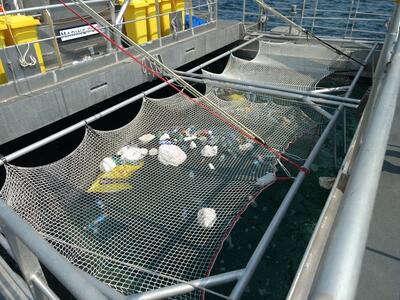
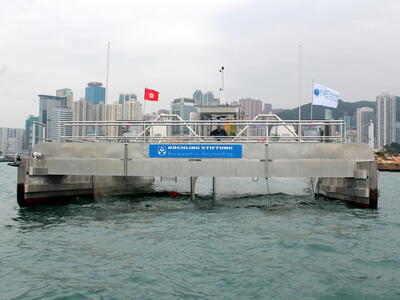


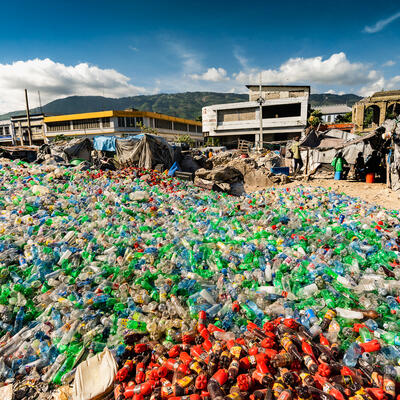
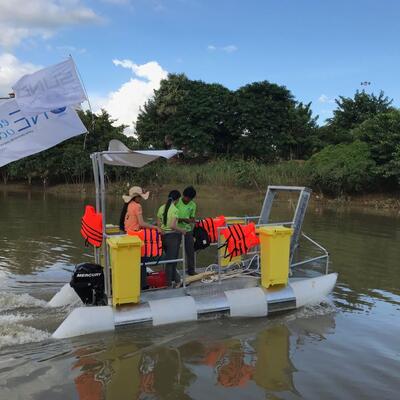
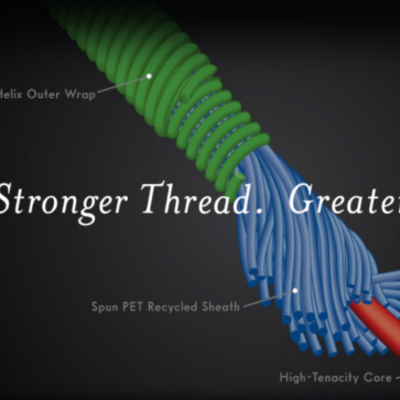
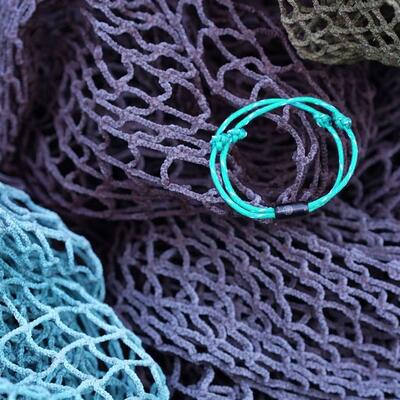
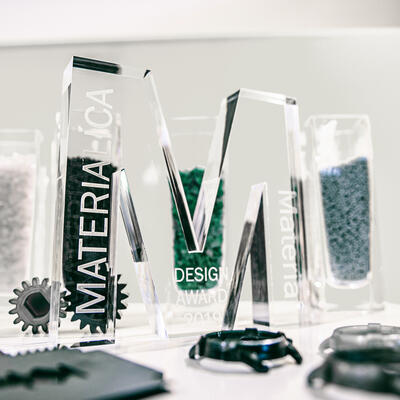
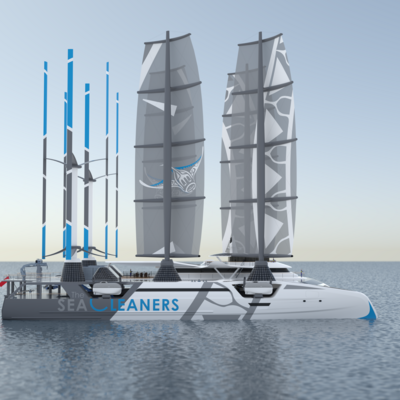
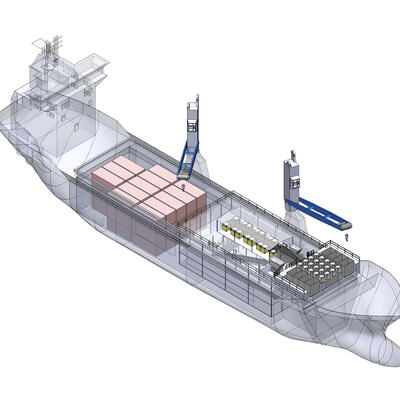
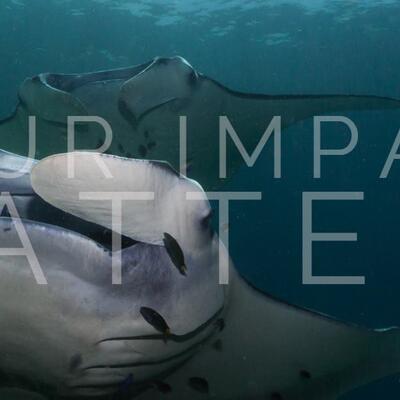
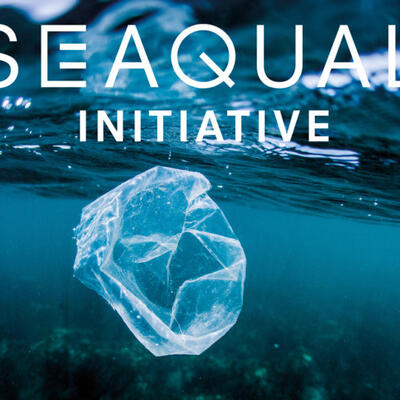
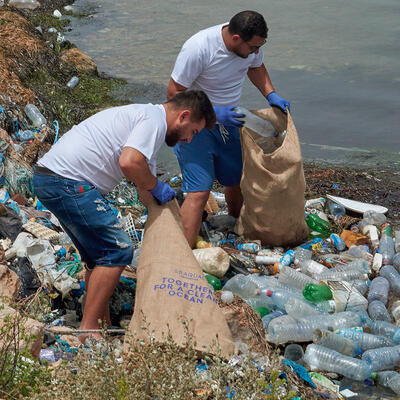
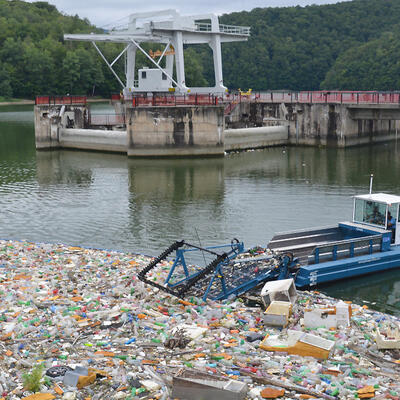

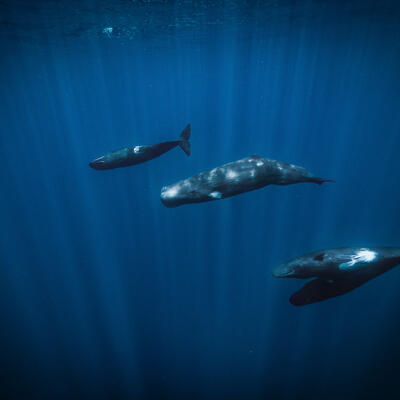
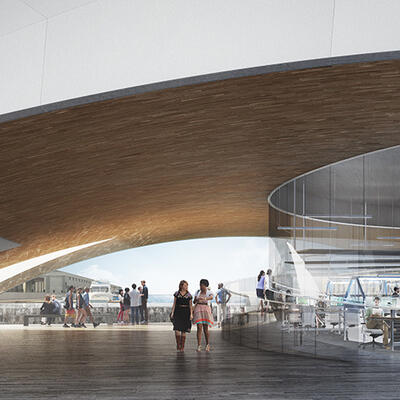
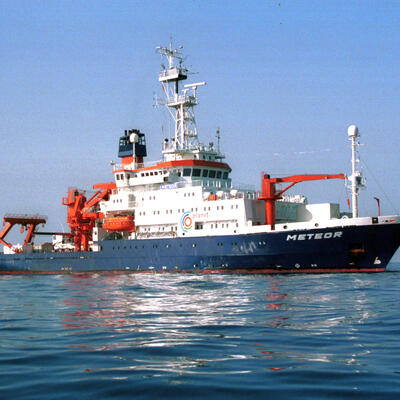

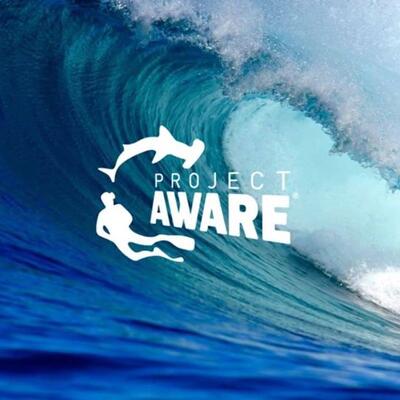
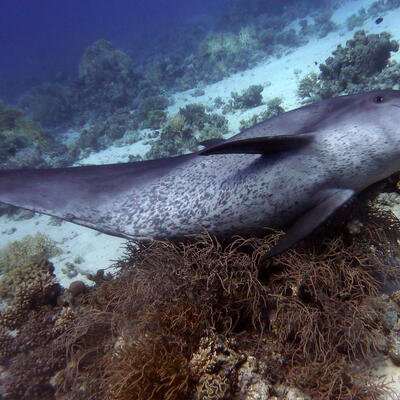
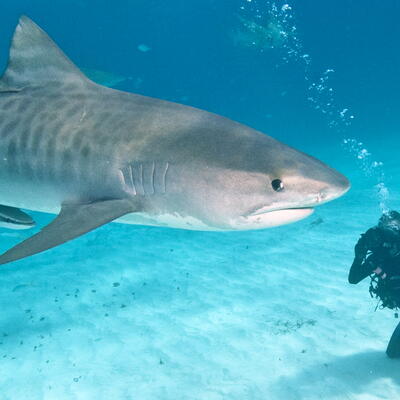
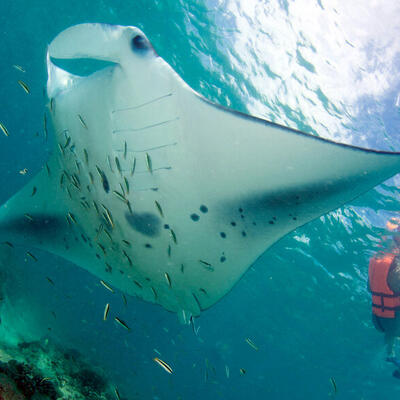Simon%20Hilbourne.jpg)
